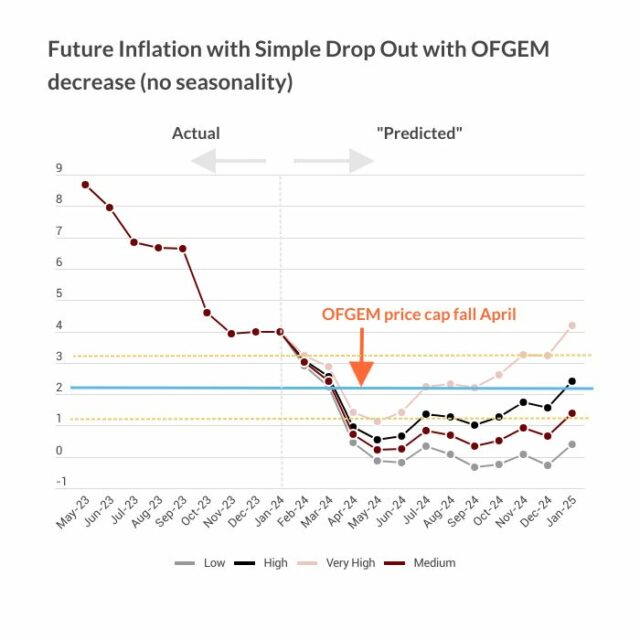Continued Lockdown Puts Gloom on Q1 Outlook
 Pub. Date
Pub. Date
 Pub. Type
Pub. Type
Continued lockdown puts gloom on Q1 outlook
Main points
- Latest economic data confirms that the UK economy posted 1.0 per cent growth in the fourth quarter of 2020, consistent with annual decline of 9.9 per cent. This annual decline is exactly in line with the published forecast in our latest National Institute UK Economic Outlook.
- The magnitude of the fall in 2020 means the UK economy has suffered the largest contraction in its history and is likely to have displayed the worst performance among G7 countries.
- After contracting by 2.3 per cent in November due to the effects of the second national lockdown, output increased by 1.2 per cent in December, largely reflecting partial rebound in the services sector on the back of eased lockdown over the Christmas period.
- The second wave of Covid-19 and continued lockdowns imply a persistent divergence in economic performance across sectors. At the end of December 2020, hospitality and arts were 55 per cent and 34 per cent below their February 2020 levels, while manufacturing and retail were below by 4 per cent and 2 per cent, respectively.
- As stringent Covid-19 restrictions are expected remain elevated until early spring, along with the effects of post-Brexit adjustment, our forecast is for GDP growth to decline by 3.8 per cent in the first quarter of 2021.
“According to today’s ONS figures, UK GDP contracted by 9.9 per cent in 2020, which is likely to be the largest annual fall among G7 countries last year. Economic growth slowed significantly, dropping from 16.1 per cent in the third quarter to 1 per cent in the last quarter of the year. As a result, the level of GDP in the fourth quarter remained about 8 per cent below pre-pandemic levels even before a third lockdown became necessary in January 2021. With Covid-19 restrictions expected to remain elevated until early spring, we anticipate a sharp decline in activity during the first quarter of the year. Nevertheless, growth will pick up from the second quarter onwards as restrictions ease on the back of a successful vaccination programme.”
Dr Kemar Whyte, Senior Economist - Macroeconomic Modelling and Forecasting
Please find the full analysis in the document attached





















